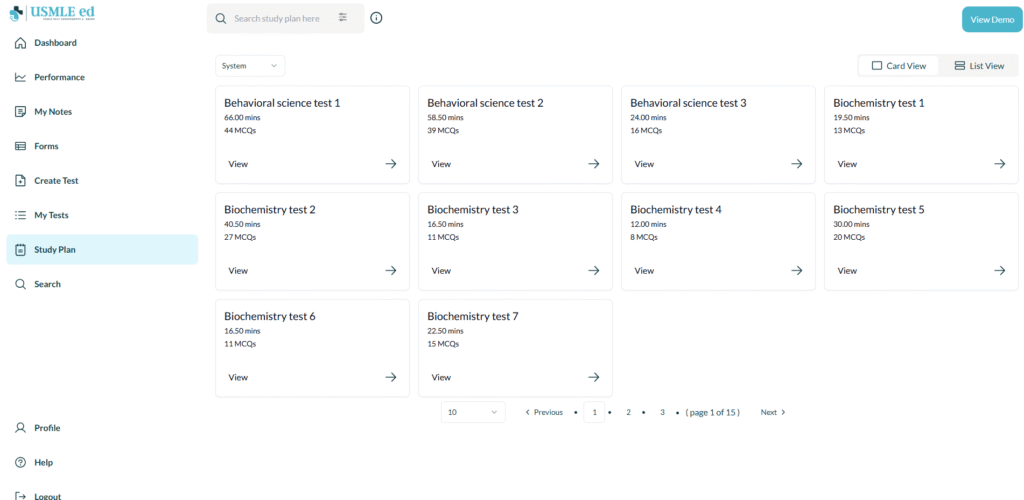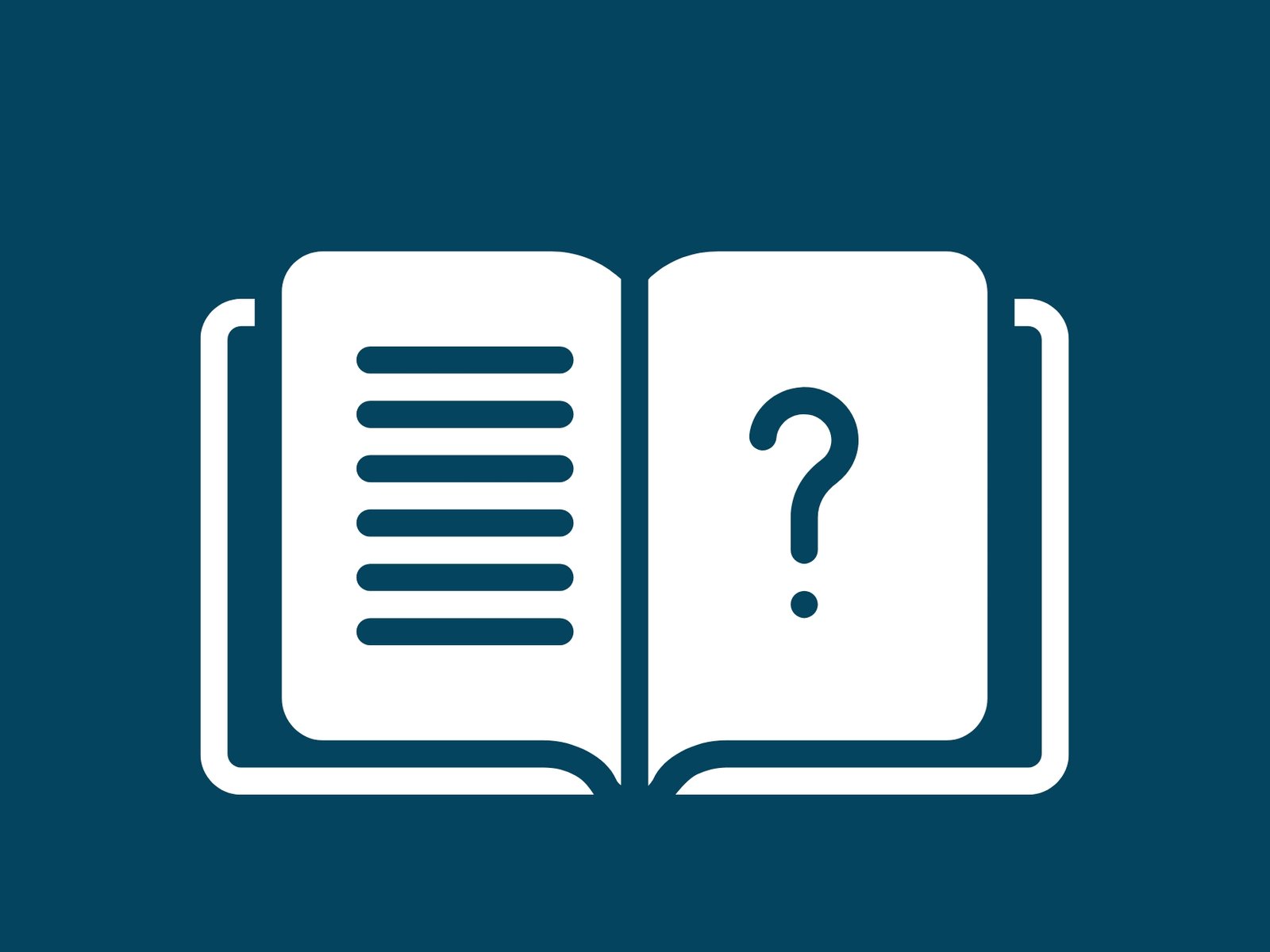Preparing for the USMLE Step 1 isn’t just about studying more—it’s about studying smart. And one of the smartest tools in any med student’s arsenal is a quality QBank. But a common question students ask is: “When is the right time to start using a QBank for USMLE Step 1?”
In this post, we’ll break down why timing matters, how to integrate QBank practice into your study schedule, and how it can boost your USMLE Step 1 score when used effectively.
Why Use a QBank for USMLE Step 1?
A QBank, or question bank, simulates the real exam format and helps build your clinical reasoning and test-taking skills. But more than that, it’s a powerful tool for:
- Reinforcing high-yield content
- Applying knowledge to clinical scenarios
- Identifying weak areas
- Enhancing active recall and long-term memory
The USMLE Step 1 exam tests more than facts—it tests your ability to reason like a doctor. A QBank mimics that challenge.
When Should You Start Using a QBank?
The General Rule: The Earlier, the Better
Many students assume that QBanks are only for review. But starting early in your study timeline—ideally 4 to 6 months before the exam—can yield better results.
Why? Because QBanks are not just diagnostic. They are learning tools. The sooner you start incorporating USMLE Step 1 QBank questions into your study routine, the faster you’ll begin to:
- Build clinical reasoning
- Identify recurring high-yield concepts
- Improve test-taking speed and confidence
Phases of QBank Usage Based on Timeline
Here’s how QBank usage can be phased:
🔹 Phase 1: Foundation Building (6–4 Months Before Exam)
- Use QBank alongside primary resources (like First Aid)
- Answer questions on the topics you’re currently studying
- Use Tutor Mode for detailed learning
- Focus on understanding rationales, not speed
🔹 Phase 2: Application Phase (4–2 Months Before Exam)
- Increase daily QBank questions
- Mix question blocks (timed mode and system-based)
- Begin integrating full-length simulated blocks
- Start building your performance tracking
🔹 Phase 3: Final Review Phase (Last 4–6 Weeks)
- Focus on high-yield and weak topics
- Simulate full exam sessions (Timed Mode)
- Review incorrect and flagged questions
- Aim to complete the entire QBank at least once
Signs You’re Ready to Start a QBank
Not sure if you’re ready? Here are some good indicators that it’s time to dive into a USMLE Step 1 QBank:
- You’ve covered at least one full system (e.g., cardiology or GI)
- You’ve started reading or annotating First Aid
- You’re comfortable with basic science concepts
- You want to reinforce learning with application
Remember, you don’t need to “know everything” before starting QBank practice. It’s a learning tool—use it to identify what you don’t know yet.
Benefits of Early QBank Integration
Active Learning from Day One
QBank questions force you to retrieve and apply information, rather than passively consume it. That makes early exposure more impactful and leads to better retention.
Pattern Recognition Builds Over Time
The USMLE Step 1 often tests similar concepts in different clinical settings. Doing questions regularly helps you recognize those patterns over time—and this takes weeks, not days.
Reduced Stress During Final Prep
Students who wait too long to start their QBank often feel overwhelmed. Starting early allows you to pace yourself and avoid last-minute panic.
Common Mistakes to Avoid
Waiting Too Long to Start
Many students put off QBanks until they’ve finished all their reading. This delays valuable practice and weakens long-term recall.
Rushing Through Questions Without Review
Always take time to read explanations thoroughly—especially the rationales for incorrect answers. That’s where the real learning happens.
Using QBank Only for Assessment
Don’t treat your QBank as a test. Treat it as a tutor. Use Tutor Mode, take notes, and review explanations to maximize benefit.
How to Choose the Right QBank for USMLE Step 1
When picking a QBank, make sure it includes:
- NBME-style clinical vignettes
- Up-to-date content with guideline-based explanations
- Performance analytics and tracking tools
- Custom block creation and timed modes
- High-yield focus on tested concepts
Our USMLE Step 1 QBank is designed with all of this and more. From personalized review suggestions to AI-powered weak topic detection, it’s built to grow with you throughout your prep.

Final Thoughts: Start Smart, Not Late
The biggest mistake you can make is waiting too long to start using a QBank. Whether you’re just beginning your Step 1 journey or deep into dedicated study, integrating a QBank can supercharge your prep.
Use it to learn, to apply, and to master. With the right timing, the right strategy, and the right USMLE Step 1 QBank, your high score is within reach.


Leave a Reply